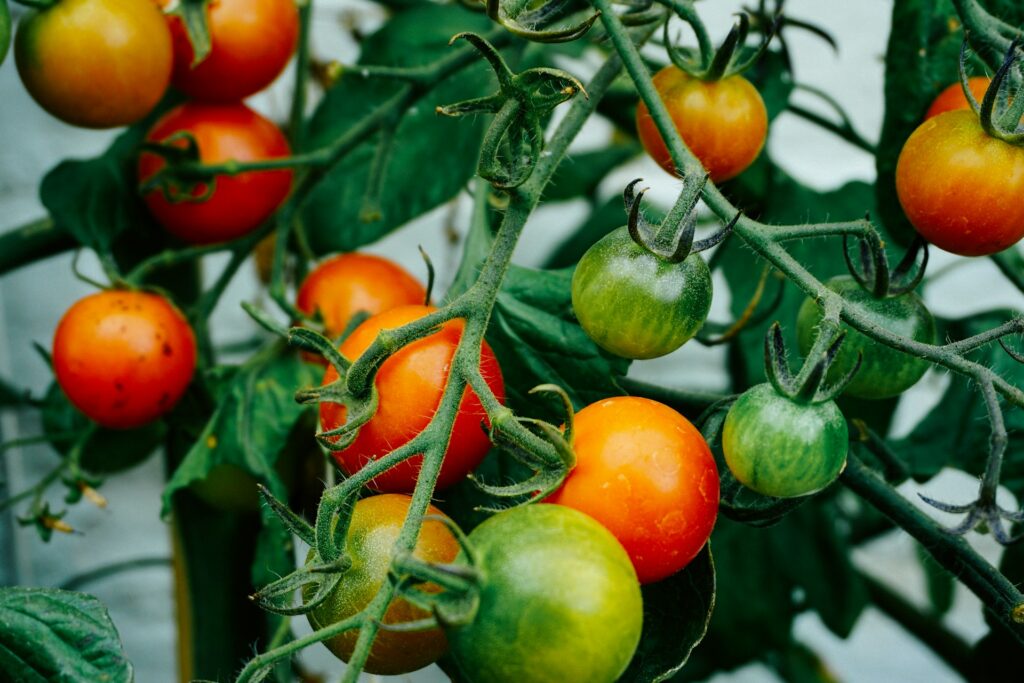Researchers at Tel Aviv University have grown tomatoes using less water, without reducing yield or adversely impacting taste and quality.
Using gene editing technology called CRISPR, the researchers reduced the amount of time in which a plant allows water to evaporate from its leaves – a process called transpiration. Less transpiration means the need for less irrigation for the plant.
The water reaches the surface of the leaf through openings called stomata, but because these are also used to take in carbon dioxide for photosynthesis, they cannot be manipulated to remain closed permanently.
Reducing carbon dioxide intake means reduced photosynthesis, which has a negative impact on plant growth.
The researchers found that by limiting the full opening of the stomata, they could reduce the amount of transpiration, while also allowing for sufficient carbon dioxide intake for enough photosynthesis to occur.
This was achieved by targeting the ROP9 gene, whose removal made the stomata partially shut, and was particularly effective during the middle of the day, when the sun is at its hottest and transpiration at its fullest.
“We discovered that eliminating ROP9 by the CRISPR technology causes a partial closure of the stomata,” said Prof. Shaul Yalovsky of the School of Plant Sciences and Food Security at Tel Aviv University, whose lab hosted the research.
“This effect is particularly pronounced during midday, when the rate of water loss from the plants in the transpiration process is at its highest. Conversely, in the morning and afternoon, when the transpiration rate is lower, there was no significant difference in the rate of water loss between the control plants and ROP9-modified plants. Because the stomata remained open in the morning and afternoon, the plants were able to uptake enough carbon dioxide,” he said.
The researchers hope that the similarity between ROP9 and other proteins in the ROP family will lead to water conservation in a diverse range of other crops, such as pepper, eggplant and wheat.
The results of the study were published in the academic journal PNAS.
Related posts

Israeli AI Safety Tool Among TIME’S Best Inventions For 2024

TAU Team Discovers Mechanism To Eliminate Cancerous Tumors

Ashdod Port Investing In Startups As Part Of Innovation Strategy




Facebook comments